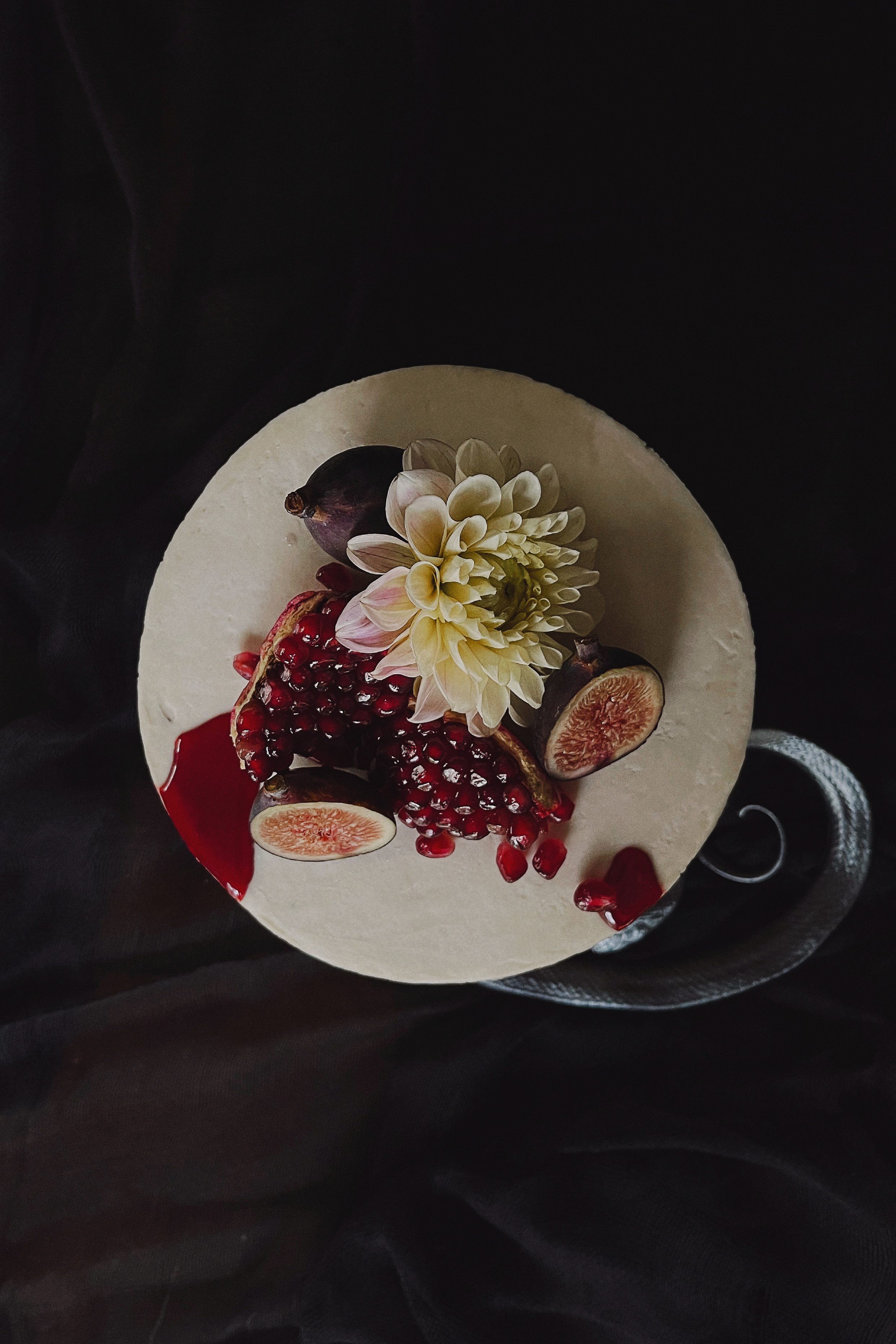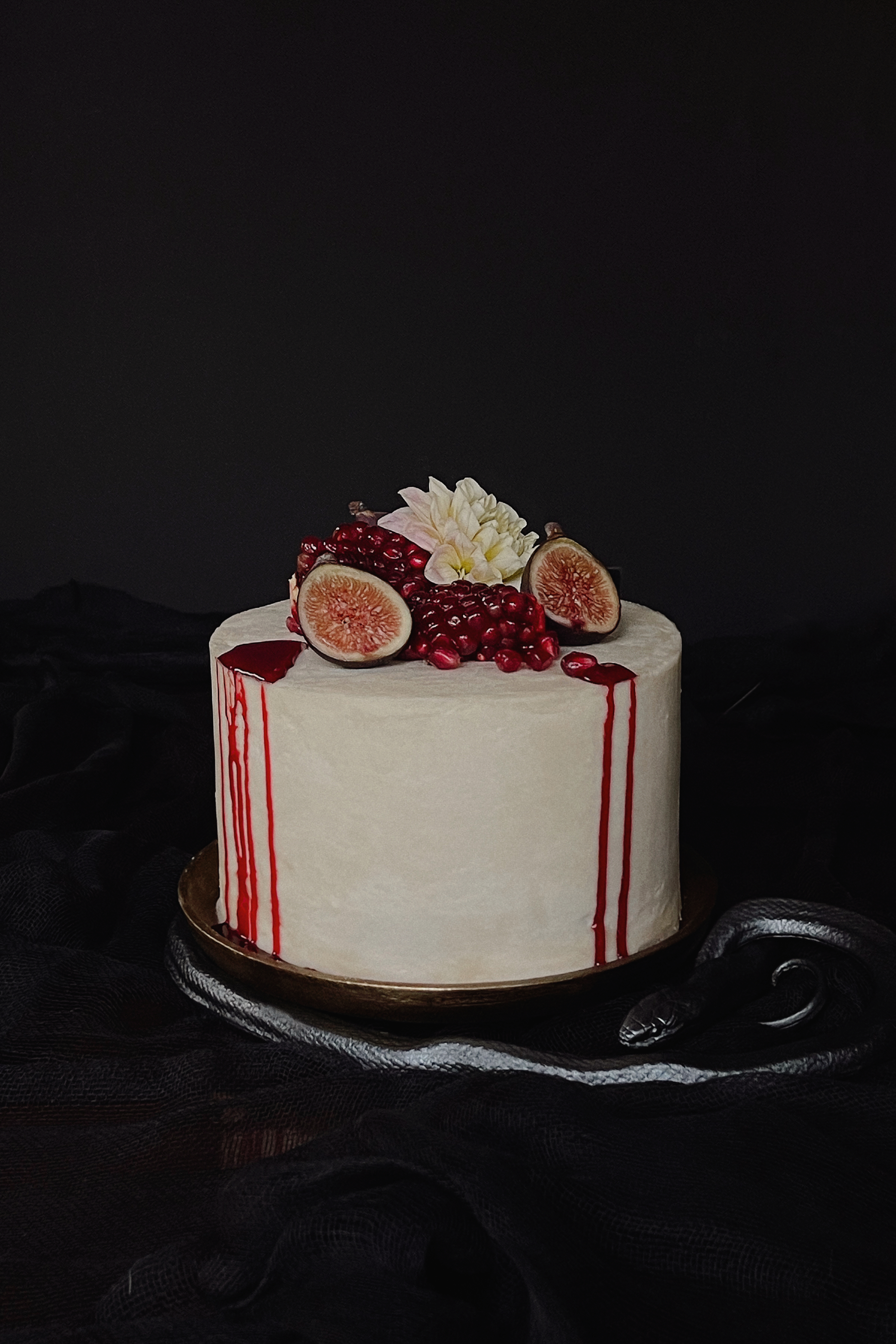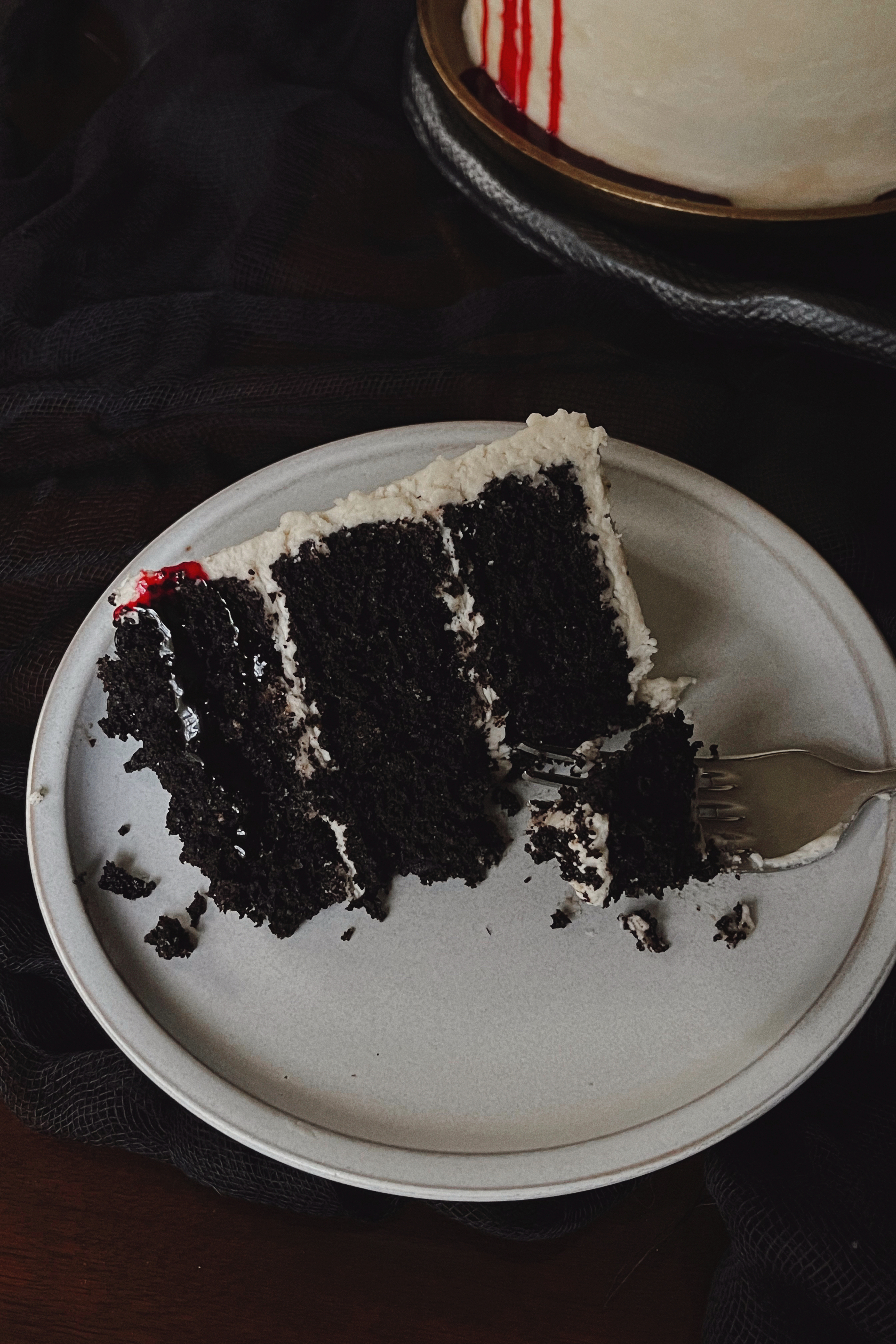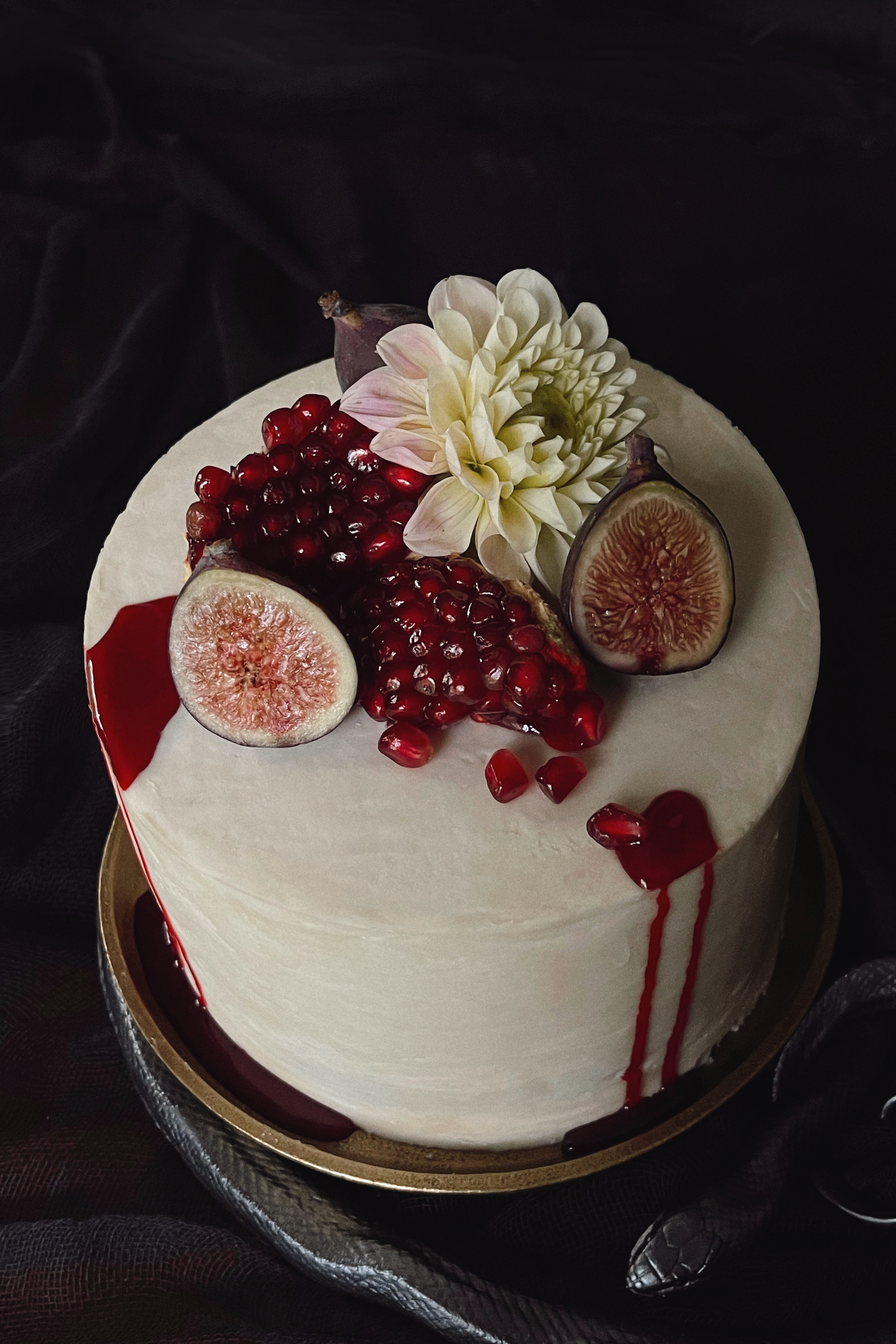What does the sentence “If you eat this fruit you will die” mean for Eve who is in a place where there is no death?
—Hélène Cixous, Readings: The Poetics of Blanchot, Joyce, Kakfa, Kleist, Lispector, and Tsvetayeva
Happy Halloween, I guess.
I spent the day on a lovely 14 hour shift without eating a meal, let alone any candy. (I did consume enough caffeine to down a respectably sized horse, which is probably why my icha has not yet separated from my bod. Spooky!)
Today, in the hospital (and around NYC, apparently), there was the briefest of power outages. All of the lights turned off, our computers blinked, as if surprised, and then everything turned back on. Chaos ensued.
Our chats didn’t work, so we couldn’t communicate efficiently, and messages kept getting sent to the wrong people. The nurses’ GPS trackers failed, so they couldn’t be found easily on the wards. The wifi was down, and inside the hulking mass of the hospital, there is no cell service, so phone calls kept dropping. We could not get EKGs, because our machines have to connect to a network.
I heard whispers in the elevators of nurses in the pediatric ICU holding their breath while they went to check the ventilators.
The day was irritating, confusing, and just a bit more hectic because of that instant of power loss.
I tell you this truly from the bottom of my heart: I cannot imagine being a physician in a hospital where the electricity has been cut off, permanently. Where bodies are piling up and I could not even come close to helping, let alone saving, all the patients who needed me.
I can only begin to fathom the fear and anger propagated by the horrific atrocities on October 7th, of having loved ones ripped away and feeling flashbacks to the many times this has happened to your people—feeling the scars of antisemitism sunk deep into your genes.
So too, I do not know what it is like to not have freedom of movement; I do not know what it is like to live behind a wall for decades. But I imagine the frustration, and hopelessness, that would accumulate within the walls of one’s heart while trapped in Gaza.
But the primordial dread I feel when I contemplate a hospital under blackout comes not just from being a human, but from being a doctor, specifically.
Always look to the helpers—when I think about those in Gaza who are toiling, who are dying, and who are helping as best they can, I can feel their hearts breaking, because mine is breaking too. Healthcare workers joke about becoming numb to the soul-crushing demands of this profession, but I know they have gone past the gates of Hell itself, into a place of profound darkness. And still they are trying to help their patients, out of love and out of duty and out of simple habit.
Here, I have a paltry but important offering: the link for Médecins Sans Frontières.
I truly have no other clever things to add, or updates, or even much to say about this cake. I am running on 4 hours of sleep with a scant 5 to fit in before my next shift. I am reading the news and reading the news and reading the news. Burning both ends of the candle, and wondering how this world can go on turning with so much suffering bursting forth.
What I will say is that the above quote from Hélène Cixous struck me so forcefully when I first came across it that I have had difficulty getting it out of my brain ever since. It rattles around somewhere deep in my soul with other indelible words and writings.
I wanted this cake to represent the bloody jewels, the temptations, the bounty, the abundant vulgarity and beauty of womanhood. Of Eve, and that scariest story of original sin.
The fact that the dahlia I found at the farmer’s market was one of the only ones not touched by frost at the end of the season felt right.
When I split open this pomegranate, the arils were perfectly juicy, glossy, and ripe. However, the white fibrous flesh had turned brown, rotten, oxidized when exposed to air. I’ve never seen a pomegranate quite like it. It felt right. After all, it was no apple that tempted Eve.
Inside, the cake is a play on gingerbread: with sticky sweet and sour pomegranate molasses cozying up with cardamom, cinnamon, and black cocoa powder.
The cakes have been generously soaked in pomegranate and ginja syrup, which is a rich and fruity cherry liqueur.
My go-to Italian meringue frosting creates the robe. The crown jewels are, of course, the lush figs and pomegranates.
Halloween, previously:
Kaonashi/No Face’s Feast Tart with the teeniest tiniest sculptures
Pumpkin Milk Tea Cake with eenie-meenie piped decorations
Brown butter pumpkin cake with chocolate chili ganache with teeny marzipan pumpkins
Pumpkin and condensed milk cakes, à la tres leches
Edward Gorey-inspired skeleton cat and bat cookies
Ghosts trapped in chocolate ganache on a pumpkin cake
Bats, eyeballs, and pumpkin-moji cookies
Old, old peanut butter cup cake with Reese’s
Of course, this ludicrous bleeding heart cake
Pomegranate Molasses Black Cocoa Cake
makes 1 6″ 3-layer cake
ingredients:
for the cake:
200 grams flour
60 grams cocoa powder
1 teaspoon baking powder
1/2 teaspoon baking soda
140 grams butter, softened
1 teaspoon salt
1 teaspoon ground ginger
1/4 teaspoon cardamom
1/8 teaspoon cinnamon
150 grams brown sugar
2 eggs
60 grams molasses
60 grams pomegranate molasses
180 grams buttermilk
for the soak:
50 grams sugar
50 grams water
1 tablespoon pomegranate molasses
1 tablespoon ginja
for the frosting:
3 egg whites
1/2 teaspoon salt
150 grams (3/4 cup) sugar
345 grams (3 sticks, 24 tablespoons) butter
to assemble:
figs, pomegranates
red and brown food coloring
corn syrup
directions:
Make the cakes: preheat oven to 350 degrees F.
Grease and flour 3 6″ round pans.
Whisk flour, cocoa powder, baking powder, and baking soda together.
Cream butter, sugar, spices, and salt together until light and fluffy.
Add the eggs and beat until homogeneous.
Whisk molasseses and buttermilk together and alternate adding them in with the dry ingredients.
Scrape the sides of the bowl and ensure the batter is homogeneous.
Portion into the prepared pans and bake for 22-25 minutes, or until a tester comes out with a few moist crumbs.
Meanwhile, make the soak: cook sugar, water, and molasses together until a thin syrup forms.
Stir in the ginja and set aside to cool.
Meanwhile, prepare the Italian meringue buttercream: place sugar, salt, and water into a pan over medium heat.
Begin to whip egg whites on high; once the sugar syrup comes to 240 degrees F, the egg whites should be at soft peaks.
Slowly stream the hot syrup into the whipping egg whites, being extremely careful to not splatter the syrup.
Whip on high speed until the meringue has cooled to close to room temperature (or fully room temp, if your butter is completely at room temp).
Add butter one piece at a time, whipping until fully combined.
Crumb coat the cake and refrigerate for at least 30 minutes or until crumb coat is completely hardened.
Frost as desired.
To make fake blood, use red and brown food coloring (in about a 1:1 ratio) to tint corn syrup.
This will be very runny, so don’t expect it to only drip down part of your cake and then stop.






November 1, 2023 at 4:06 am
Hi Rachel,
Thank you for your words and for your work; for your dedication to not only your patients but to yourself and your passion for pâtisserie. I have no wisdom to share, nor do I have your talent for writing; I simply want to voice my solidarity and wish you courage. I suppose we must continue into the dark, one foot in front of the other, and have faith that others are there stumbling along with us. Consider mine a hand grasping yours in that darkness; know that you are not alone.
November 1, 2023 at 7:50 am
Dear Rachel,
As always beautiful and moving. Come for dinner again. We love you.
Tina
November 1, 2023 at 9:25 am
Rachel,
At times being beautiful, intensely emotional,
incredibly creative and the way you share it all is exhilarating and exhausting.
Take what you have been given as a reward for just being part of the lucky ones. Anticipation is life, it is never as great or as horrible as we thought it is, or would be. Nothing stays the same good or bad.
November 8, 2023 at 10:05 pm
5r5ibt